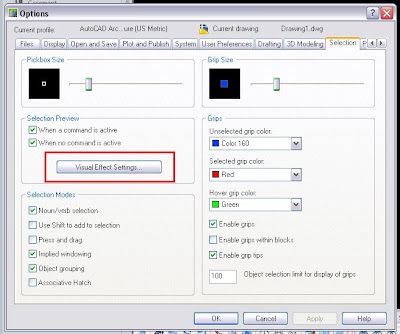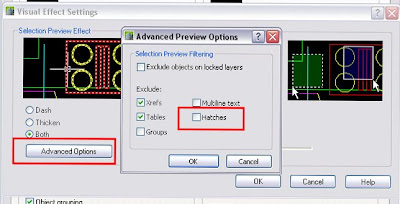Català - Castellano - Deutsch
I had to work on some files converted from ArchiCAD to AutoCAD and needed to use the AEC Space entities to get the areas. Unfortunately, plain AutoCAD doesn't read the are of this objects, and by exploding them, it generated Hatch Patters that would not show their area on the properties palette.
The solution for a single AEC_SPACE, was simple, explode it, regenerate the boundary of the Hatch Pattern, and select the resulting Polyline to see the area (or to extract the area to an excel file as explained on a previous post). The problem came becuase there were a lot of this AEC_SPACE objects,and AutoCAD does not allow to regenerate boundaries of multiple Hatch Patterns at the same time.
The solution was found via DigitalCAD, in the form of a LISP routine called HATCHB.LSP. This routine when used, allows you to select as many Hatch Patterns as you want and obtain their boundaries in the form of polylines. The polylines will be generated on the current layer, and properties.
Some thoughts: This real life situation is a clear case that shows how format incompatibilities makes us waste a lot of time. In this case the lead architect works in ArchiCAD, but we as Contruction Managers have only AutoCAD, so everytime we get files from them there is a lot of information in those files that is wasted, because we can not read it properly, so we have to waste hours on retracing polylines to be able to double check the information we have received...
Show me more...
























